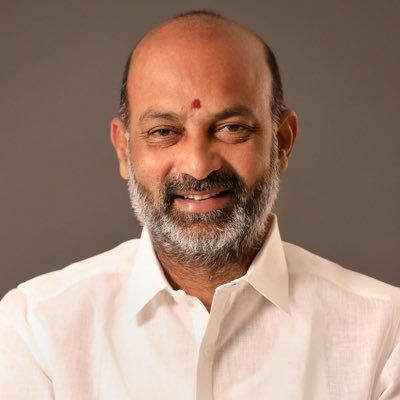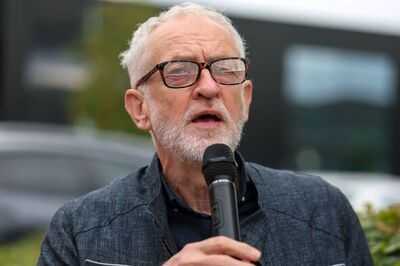Trump appoints Stephen Miran after major tariff decision: Just days after the White House’s tariff policy rattled global markets, President Donald Trump has made another bold move by appointing Stephen Miran as a temporary Federal Reserve governor. This development has drawn attention from economists, investors, and political analysts who see it as another potential step in the politicisation of U.S. economic policy during Trump’s second term.
Miran’s appointment fills a vacancy on the Fed’s Board of Governors and is set to run until January 31, 2026, unless confirmed by the Senate for a longer term.
For Trump’s economic team, Miran’s approach aligns perfectly with a broader plan to steer the Federal Reserve toward price stability rather than aggressive stimulus measures. This could influence interest rates, lending costs, and overall market sentiment in the coming months.
Investors and economists are already speculating whether this signals a broader effort by Trump to reshape the Fed in his economic image — one that favors stable prices over aggressive stimulus.
With this step, Trump may be testing the waters for more permanent changes or laying the groundwork for reshaping America’s central bank.
Markets are now weighing how Miran’s influence could impact future rate decisions, potentially slowing the pace of any rate cuts and keeping borrowing costs higher for longer.
This decision also fits into a wider pattern in Trump’s second term — from tariffs to regulatory changes — where economic strategy and political priorities are increasingly intertwined.
With the tariff shock still fresh and inflation concerns lingering, the question now is whether this is the start of a more politically directed Federal Reserve under Trump’s second term.
Miran’s appointment fills a vacancy on the Fed’s Board of Governors and is set to run until January 31, 2026, unless confirmed by the Senate for a longer term.
Who is Stephen Miran and why his economic views matter
Stephen Miran is a well-known figure in financial policy circles, having served as a senior advisor at the U.S. Treasury during Trump’s first term. He has a reputation for hawkish monetary policy views, favoring tighter control over inflation and resisting rapid interest rate cuts.For Trump’s economic team, Miran’s approach aligns perfectly with a broader plan to steer the Federal Reserve toward price stability rather than aggressive stimulus measures. This could influence interest rates, lending costs, and overall market sentiment in the coming months.
What this means for interest rates, inflation, and the U.S. economy
Miran’s appointment comes at a critical moment. With inflation not fully tamed and economic growth showing mixed signals, markets are closely watching the Federal Reserve’s future rate decisions. If Miran’s influence grows, it could lead to a firmer stance on inflation and delayed rate cuts, affecting everything from borrowing costs to stock valuations.Investors and economists are already speculating whether this signals a broader effort by Trump to reshape the Fed in his economic image — one that favors stable prices over aggressive stimulus.
Is this a temporary move or a long-term strategy?
Miran’s appointment is currently a temporary one, set to run through January 31, 2026, unless confirmed by the Senate. However, even a temporary seat on the Board of Governors allows for important influence on monetary decisions and can shift the tone of internal Fed debates.With this step, Trump may be testing the waters for more permanent changes or laying the groundwork for reshaping America’s central bank.
The political and market implications of Miran’s nomination
The timing of Miran’s appointment — right after a controversial tariff announcement — has fueled speculation that Trump is taking a more direct hand in shaping the nation’s monetary policy direction. Critics warn that placing politically aligned figures on the Fed board could undermine the institution’s independence, while supporters argue it’s a necessary correction to keep inflation in check and growth sustainable.Markets are now weighing how Miran’s influence could impact future rate decisions, potentially slowing the pace of any rate cuts and keeping borrowing costs higher for longer.
Why this move signals more than just a Fed appointment
While Miran’s role is officially temporary, his presence on the board could help shift the tone of internal Fed debates and signal Trump’s readiness to make more ideologically driven economic appointments. With global economic uncertainty still high, every Fed seat carries weight in influencing policy outcomes.This decision also fits into a wider pattern in Trump’s second term — from tariffs to regulatory changes — where economic strategy and political priorities are increasingly intertwined.
What to watch for in the coming months
In the short term, all eyes will be on whether Miran’s appointment impacts the Federal Reserve’s September policy meeting. In the longer term, analysts will monitor if this is part of a larger reshuffle of economic leadership that could shape U.S. fiscal and monetary policy for years to come.With the tariff shock still fresh and inflation concerns lingering, the question now is whether this is the start of a more politically directed Federal Reserve under Trump’s second term.








